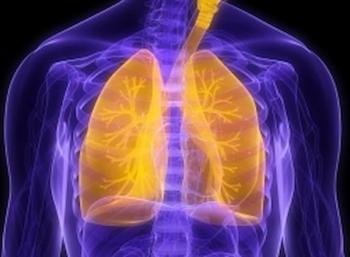
Financial Burden for Cancer Survivors Extends to Quality of Life
Almost 29% of all cancer survivors in the United States have been burdened with financial issues as a result of their diagnosis and treatment.
Almost 29% of all cancer survivors in the United States have been burdened with financial issues as a result of their diagnosis and treatment. These financial issues have impacted patients’ quality of life.
Cancer survivors with financial burden tend to have a lower health-related quality of life, higher risk of a depressed mood, and a greater frequency of worries of cancer recurrence, according to the results of the study
Hrishikesh P. Kale, MS, and Norman V. Carroll, PhD, of the Virginia Commonwealth University School of Pharmacy in Richmond, analyzed the 2011 Medical Expenditure Panel Survey data that included 19.6 million cancer survivors. All data were self-reported by these survivors.
“Our results suggest that policies and practices that minimize cancer patients’ out-of-pocket costs can improve survivors’ health-related quality of life and psychological health,” said Carroll in a statement. “Reducing the financial burden of cancer care requires integrated efforts, and the study findings are useful for survivorship care programs, oncologists, payers, pharmaceutical companies, and patients and their family members.”
Financial burden on cancer survivors was defined as having experienced at least one of the following: having to borrow money or declare bankruptcy, worrying about paying large medical bills, being unable to cover the cost of medical care visits, or other financial sacrifices. Of the survivors surveyed, 28.7% reported experiencing at least one of these financial burdens due to their cancer diagnosis and/or treatment.
Significant predictors of financial burden include younger age at diagnosis, female gender, racial or ethnic minority, lack of access to health insurance, currently treated patients, a diagnosis between 1 to less than 3 years prior to the survey, and a short-survival cancer.
Of the survivors surveyed, 7.6% had borrowed money, had debt, or declared bankruptcy, and 11.5% were unable to cover the cost of their medical care visits.
While both physical and mental health were reported to be significantly lower among those with financial burden compared with those who reported no financial burden, mental health appeared to be more affected. Survivors with financial burden had 1.95 times higher odds of a depressed mood vs survivors with no financial burden.
Declaring bankruptcy was associated with a 20% to 25% reduction in quality of life, and worries about paying large medical bills was associated with a 6% to 8% reduction in quality of life.
“Decreasing the financial burden of cancer is a complex problem that requires integrated efforts from healthcare systems, patients, and providers,” wrote the authors in their discussion.
Kale noted that clinicians need to involve their patients in decisions concerning methods and costs of treatment, and should consider less expensive treatments that have similar efficacy.
Limitations of this study include a lack of data on stage and severity of disease and treatment for the survey participants, as well as the self-reported nature of the results. It should also be noted that the cause of the link between financial burden and quality of life cannot be inferred from this type of survey-based study.
Newsletter
Stay up to date on recent advances in the multidisciplinary approach to cancer.

















































































